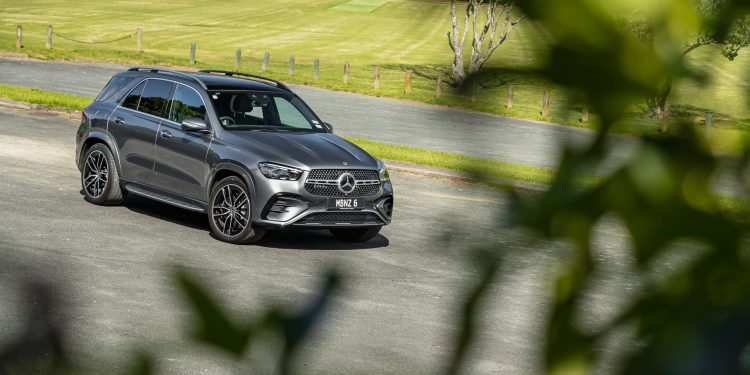2024 Mercedes-Benz GLE 450 d 4MATIC review
Words: Peter Louisson | Photos: Isaac Western
Except for double-cab utes, one tends to forget that diesel is still a viable fuel option in our market.
That’s less true in much of Europe where it has been given the bum’s rush. Sales of conventional hybrids and electric cars now outnumber diesel sales which have fallen to 13 per cent in the EU.
Locally diesel still powers 25 per cent of our vehicles but they are said to result in over 80 per cent of the harm from the transport sector (cancer, respiratory and cardiac diseases).
Much of the danger associated from burning diesel can be reduced by installing particulate filters and adding diesel exhaust fluids like AdBlue, a urea mixture that turns NOx emissions into nitrogen and water.
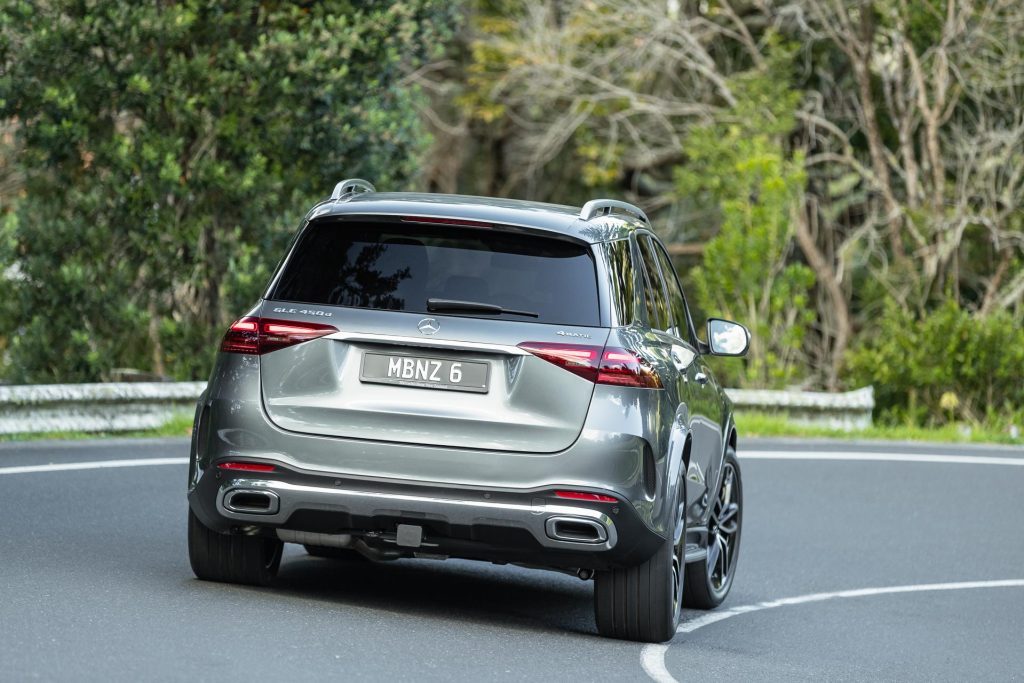
Both of these are present on the vehicle we’ve been driving for the past few days, the $175k GLE SUV 450 d.
We’d imagine the customer that opts for this will be mainly interested in it because they need a tow vehicle suitable for a big family.
It’s rated to haul large braked objects weighing up to 3500kg and can seat up to seven. A towbar package costs $2900 and the extra couple of seats go for $3900. If it’s all a bit much, a GLE 300 d is available for $15k less.
The GLE range (SUV and Coupe) recently underwent a facelift. Our GLE 450 d 4Matic tester was of the SUV variety, packing a 3.0L inline six-cylinder turbodiesel mill, now with added 48v mild hybrid tech so it starts smoothly and almost silently.
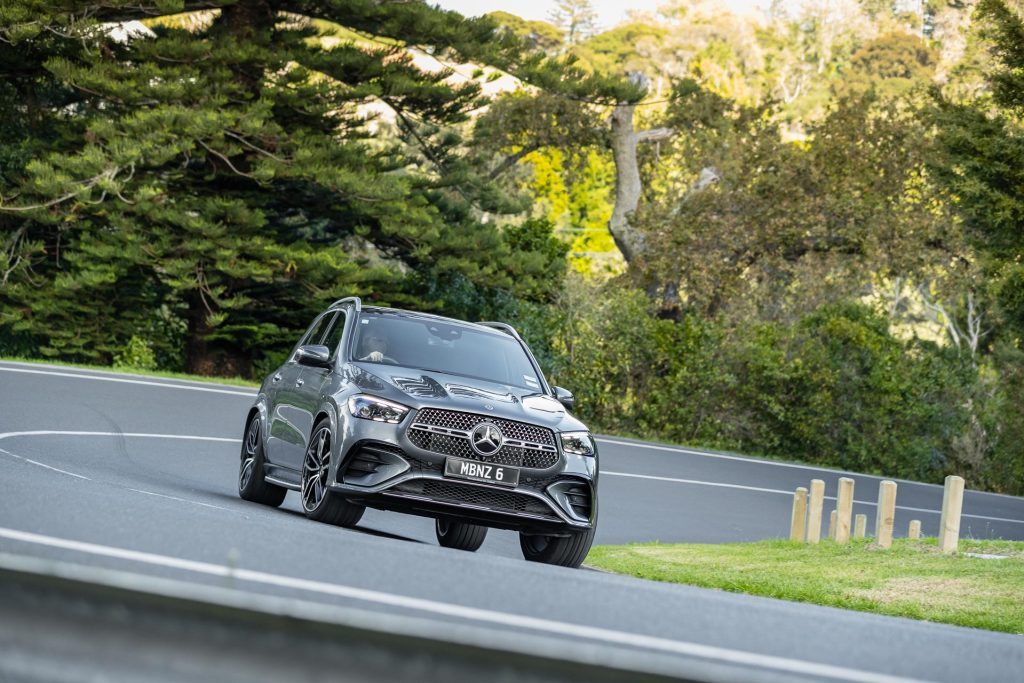
The motor brings an extra 15kW and 200Nm to the party, for a system total of 270kW (4000rpm) and 750Nm (1350-2800rpm) so this sizeable 4.92m SUV gets along in classically easy fashion, often needing no more than 2000rpm in and out of town.
Under the cosh, it accelerates to 100 in just under six seconds and overtaking is equally convincing, hitting 120 from 80km/h in a little over 100m (3.8sec).
It is said to average diesel consumption of around 8.4L/100km (rightcar.co.nz) which is probably on the money; the long term (3800km) fuel use reading for this test mule was 9.3L/100km.
We saw 7.7L/100km when plying the new expressway north out of Auckland on adaptive cruise (which works fine, though can get confused by corners on the motorway).
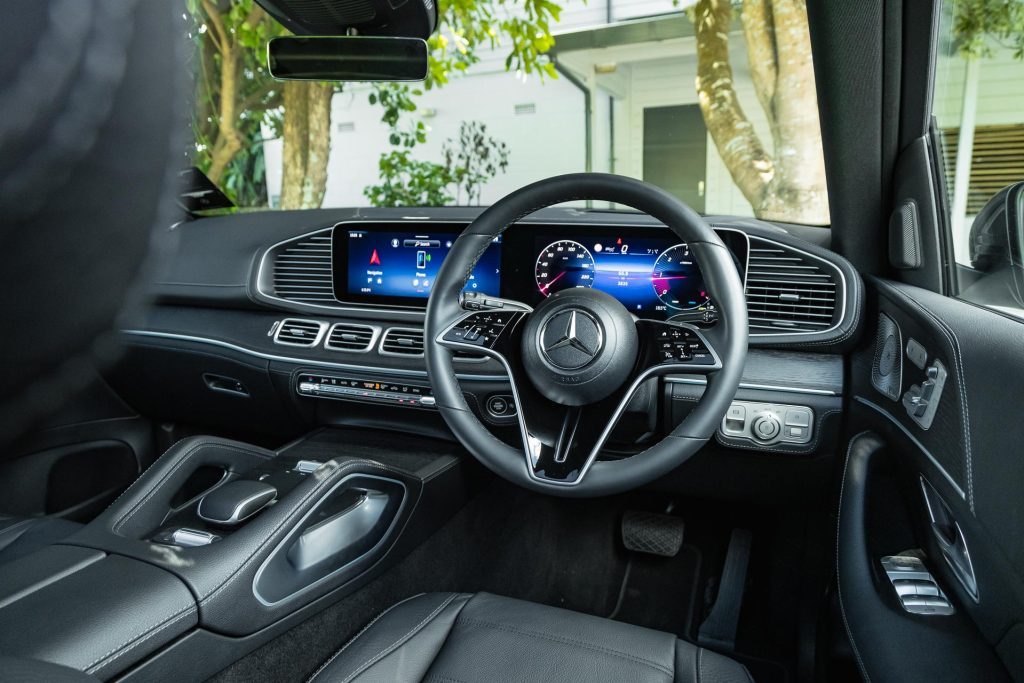
The model you see here is the very essence of loaded, right down to self parking, head-up display, adaptive LED headlights, panoramic sunroof, heated seats, Qi charging, 13-speaker Burmester sounds and the latest MBUX assistance when cabin controls get the better of you.
While there’s a fair swag of buttons, it just takes a little time to familiarise yourself with them and, unlike many cars that have OTT safety systems, these are more finessed.
Moreover, you’re not forever taunted by some disembodied dominatrix screaming at you to slow down if you’re a kay over the odds or distracted by touchscreen submenus.
Even the lane keeping system works largely in the background. The traffic sign recognition system winks at you for speeding.
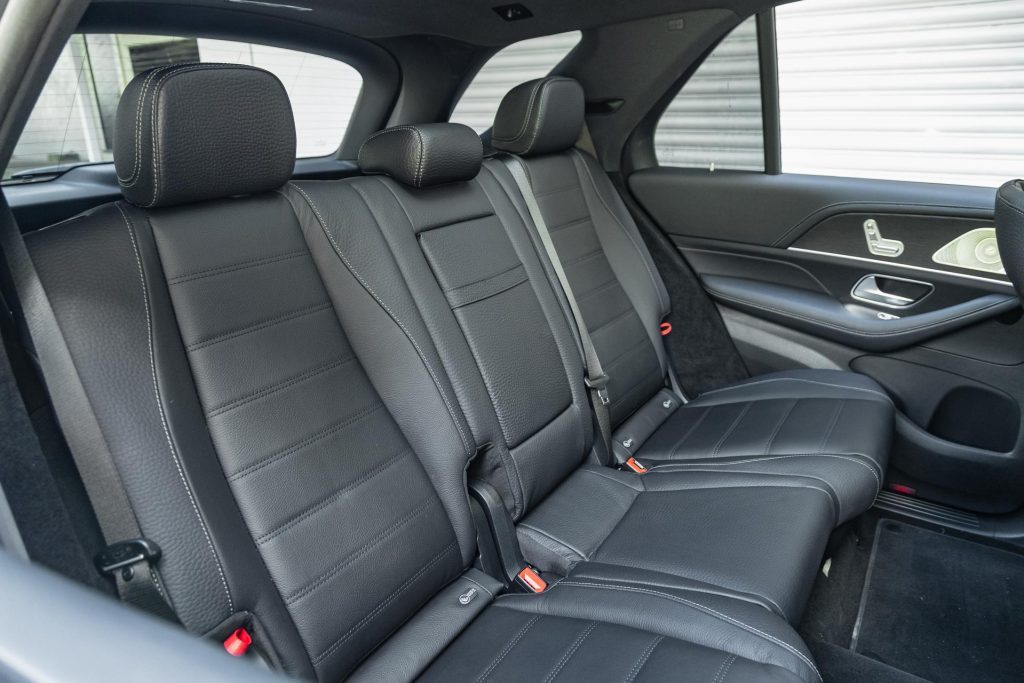
The interior is sumptuous, fitting of a luxury SUV. Sure, the optional third-row seats have to be raised from the floor by hand but everything else is power operated.
Well, the four doors aren’t but the fifth is and so too all five seats. In the rear you can literally kick back and position both the squab and the backrest where you want them.
They slowly ease out of the way for the two rear seat occupants to hop aboard but they will necessarily be kids.
Most of the time the occasional seats will be hidden in the floor – there’s only 100L of space with all seats occupied – so you can make use of up to 855L available with five seats up and 2055L with all rear seats folded away.
Our sampler also had the optional airmatic suspension package that includes adaptive damping, costing $3400.
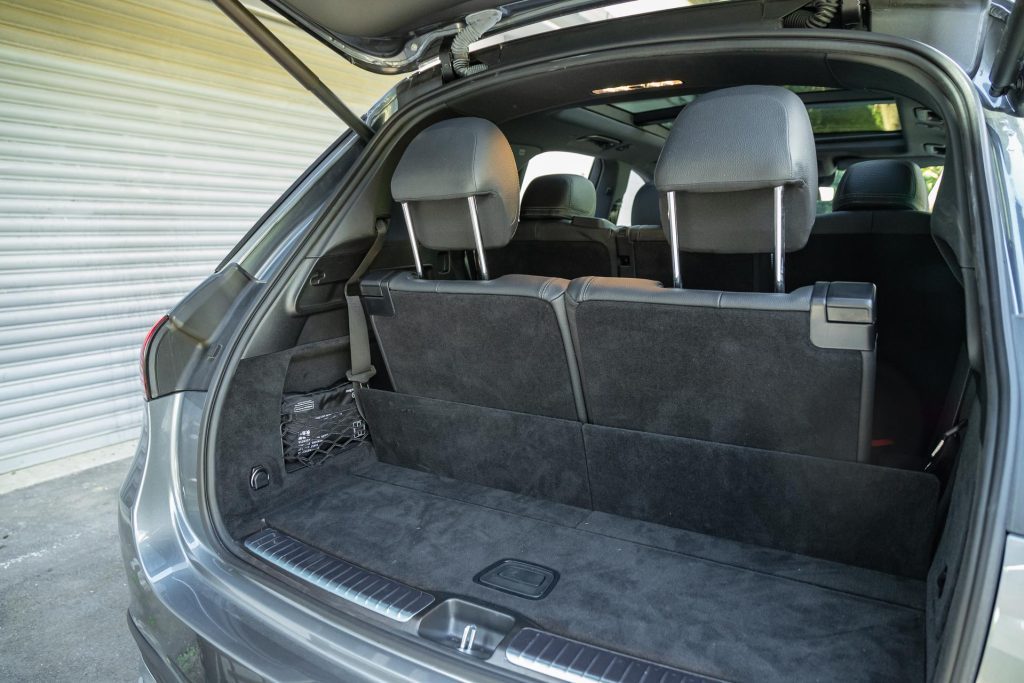
We’re not sure how the steel sprung 450 d handles but this one in Sport mode can get its groove on, which is impressive given it weighs in at 2330kg.
Helping are four massive PZero tyres, 325/35R22s on the rear and 285/40R22s up front, a $1500 upgrade. In Comfort mode it is soft and forgiving so is biased toward town and motorway running.
Sport stiffens things up nicely, without going over the top so you can belt along back roads and easily keep pace with most others.
Those beefy tyres help with retardation too, though on an average chippy surface we couldn’t better 37m from 100km/h.
Big diesels boosted by electric power are just so relaxing to pedal, especially with a decent nine-speed auto in tow. And it’s awfully quiet on the go too, with no dB readings even near to the 70s, despite all that rubber.
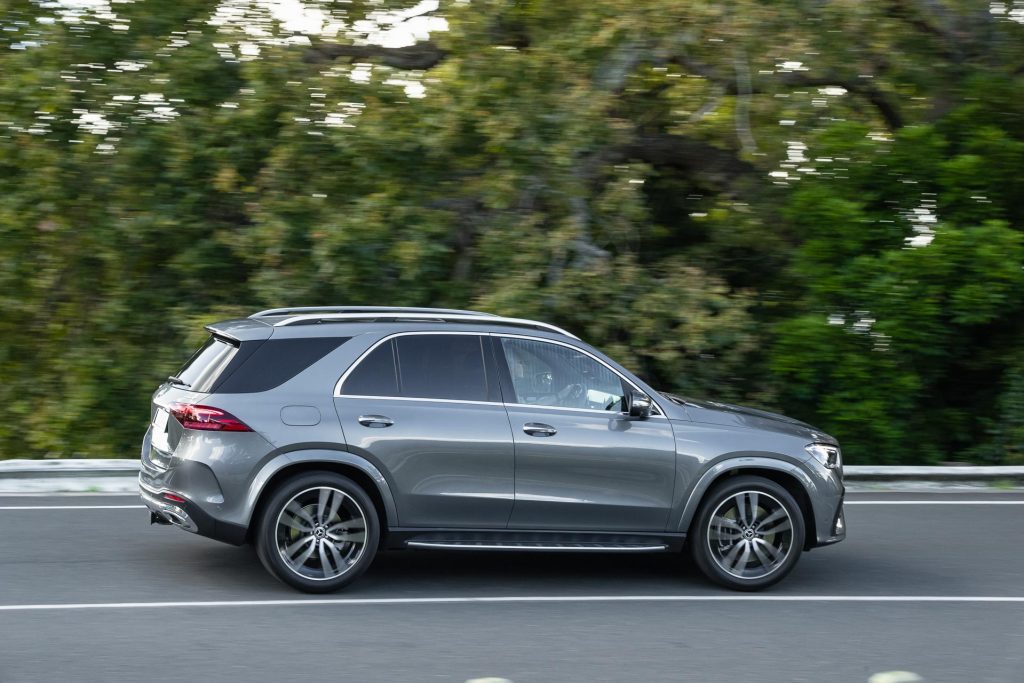
Finally, there’s a Plus package for seating that includes a whole host of things for $6900 but we’d not bother given how good the standard seats are.
If you don’t want diesel for your GLE, the least expensive option is the GLE 53 4Matic+ that kicks off at $204,900.
Similarly configured X5s and Q7s oilers cost much the same as the GLE diesels.
| Model | Mercedes-Benz GLE 450 d 4MATIC |
| Price | $174,900 |
| Engine | 2989cc, IL6, TDI |
| Power | 270kW @ 4000rpm |
| Torque | 750Nm @ 1350-2800rpm |
| Drivetrain | 9-speed auto, AWD |
| 0-100 km/h | 5.96s |
| Fuel Use | 8.4L/100km |
| C02 Output | 221g/km |
| Weight | 2330kg (claimed) |
This story first appeared in the June 2024 issue of NZ Autocar magazine.


